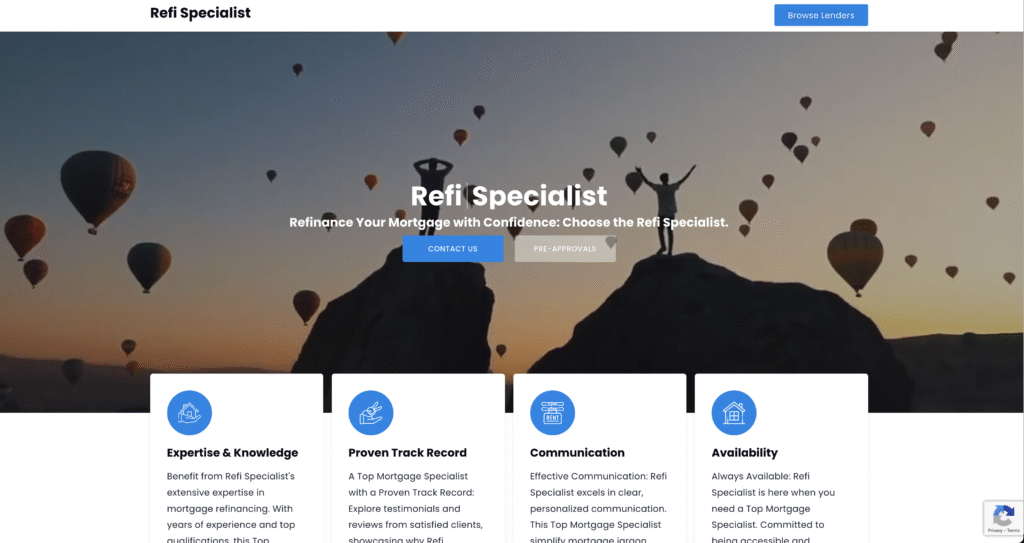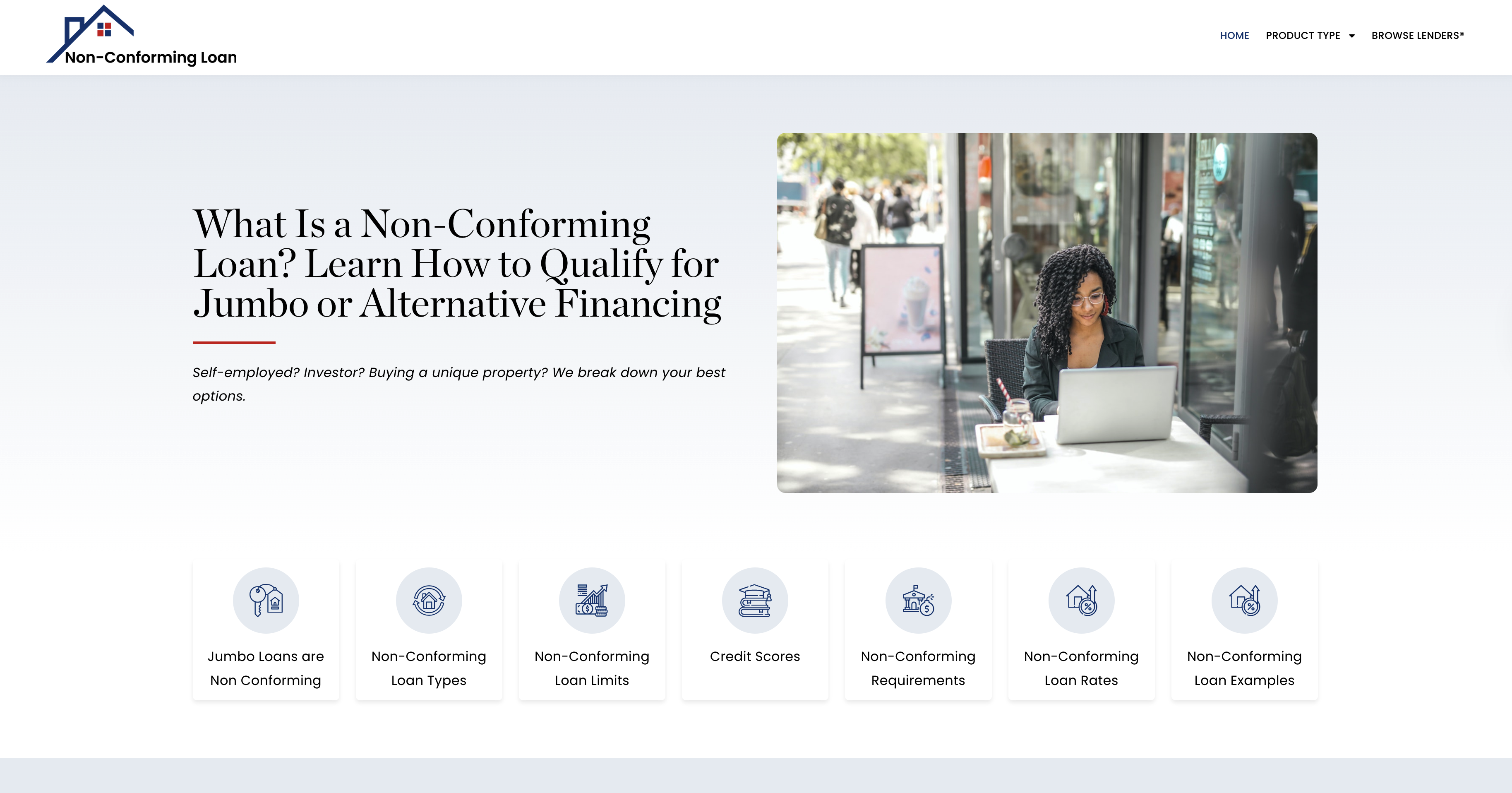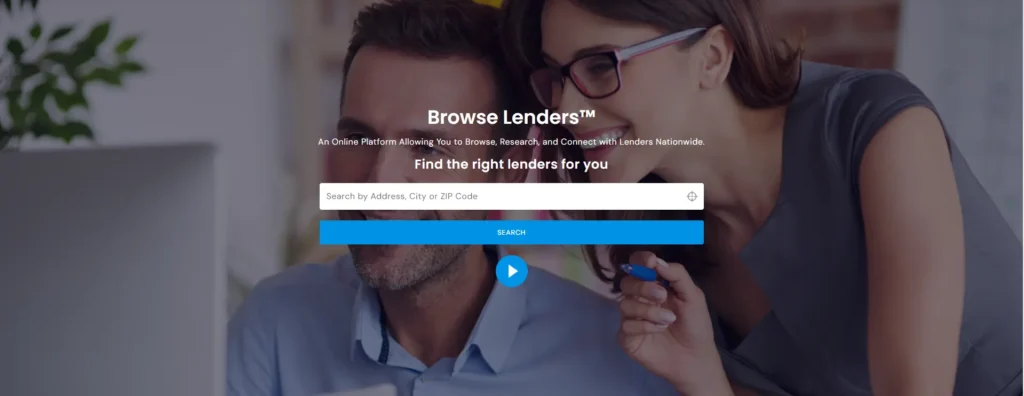Guide: Goodwill Adjustment Letters—How to Request Credit Report Corrections
A Goodwill Adjustment Letter is a written request asking a creditor to remove a negative mark from your credit report as an act of goodwill. This is often used for late payments or small delinquencies that have been paid in full. Creditors are not obligated to comply, but if you have a good payment history and the negative event was a rare occurrence, many are willing to help. Understanding how to craft and submit a goodwill letter effectively can be a powerful tool for improving your Middle Credit Score®.
Step 1: Understanding Goodwill Adjustments
A goodwill adjustment is a request for the creditor to forgive a late payment or minor delinquency and remove it from your credit report. This is different from disputing an error; it is an appeal for leniency based on good payment history.
When to Use a Goodwill Letter:
- A single late payment amidst years of on-time payments
- An account that is now paid in full
- Financial hardship or unexpected life events that caused the delinquency
- A clerical error that led to a missed payment
- A temporary financial setback due to medical emergencies or job loss
Pro Tip:
- Goodwill letters are more effective if you are still a customer of the creditor.
- Always maintain a respectful and appreciative tone in your letter.
- Attach supporting documentation that shows your history of good payments.
Advanced Techniques:
- Leverage Loyalty: If you have been a long-term customer, mention your loyalty and positive payment history.
- Demonstrate Stability: Highlight your current stability and measures taken to prevent future issues.
- Request a Supervisor Review: If your initial request is denied, ask for your case to be elevated.
- Show Evidence of Financial Recovery: Demonstrate how your financial situation has improved since the missed payment.
Step 2: Crafting the Perfect Goodwill Adjustment Letter
A well-structured goodwill letter should include:
- Your Personal Information: Name, address, and account number.
- Explanation of the Situation: Clearly and honestly describe why the payment was missed.
- Acknowledgment of Responsibility: Accept responsibility for the missed payment.
- Explanation of Corrective Measures: Detail what you have done to prevent it from happening again.
- Request for Goodwill Adjustment: Politely ask if the negative mark can be removed as a gesture of goodwill.
- Gratitude and Appreciation: Thank them for considering your request.
- Supporting Documents: Attach proof of payments, account history, and any correspondence related to the issue.
- Evidence of Financial Recovery: If applicable, show that your financial health has stabilized since the incident.
Pro Tip:
- Avoid demanding removal; frame it as a request for understanding.
- Mention any long-term loyalty or positive payment history with the creditor.
- If relevant, mention community involvement or employment stability as indicators of reliability.
- Include any proof of hardship such as medical bills or job termination letters if applicable.
Sample Goodwill Letter Structure:
[Your Name]
[Your Address]
[City, State, ZIP Code]
[Your Email Address]
[Your Phone Number]
[Date]
[Creditor’s Name]
[Creditor’s Address]
Dear [Creditor’s Name],
I am writing to you regarding my account [Account Number]. I want to first express my gratitude for the opportunity to maintain a credit account with your company. I have always been diligent about making my payments on time, but due to [briefly describe reason], I missed a payment on [specific date]. This was an isolated incident, and since then, I have taken measures to ensure timely payments moving forward.
As a long-standing customer with a history of reliable payments, I respectfully request a goodwill adjustment to remove the late payment mark from my credit report. I understand that you are not obligated to do this, but I would sincerely appreciate your consideration of this request.
Thank you for your time and understanding. I look forward to continuing my relationship with your company.
Sincerely,
[Your Signature (if hard copy)]
[Your Printed Name]
Step 3: Submitting Your Goodwill Adjustment Letter
- Preferred Method: Send via certified mail for proof of delivery.
- Follow Up: If you do not receive a response in 30 days, consider sending a follow-up letter.
- Alternate Methods: Some creditors allow goodwill letters to be sent via email or online support portals.
Pro Tip:
- If you are rejected, consider reapplying in a few months after consistent payments.
- Always keep a copy of your letter and any response received.
Advanced Techniques:
- Follow-Up Letters: If denied, send a second goodwill letter reiterating your loyalty and commitment.
- Escalate to Corporate Headquarters: If the local branch denies your request, try contacting the corporate office.
- Social Media Outreach: Some companies are responsive to goodwill requests when handled through their social media support teams.
- Leverage Existing Relationships: If you have a personal relationship with a banker or loan officer, ask for internal support.
- CC Key Contacts: Consider copying corporate contacts, supervisors, or department heads to increase visibility.
Step 4: Handling Rejections and Next Steps
If your goodwill request is denied:
- Try Again After More Positive Payments: Sometimes additional months of on-time payments can help.
- Request a Supervisor Review: Ask if the matter can be elevated to a higher authority.
- Explore Other Options: If goodwill is denied, consider Pay for Delete or disputing inaccuracies if applicable.
- File a Dispute if Errors Are Found: If you find errors in the reporting, file a dispute with the credit bureaus.
Advanced Techniques:
- Escalate to Corporate Headquarters: If the creditor is a major company, sometimes corporate review departments are more lenient.
- Leverage Loyalty: Mention your long-term relationship and history of responsible use.
- Appeal to Their Better Nature: Some letters that express genuine gratitude and hardship may be more successful.
- Contact a Credit Repair Specialist: If all else fails, professional intervention may help.
- Consider an Executive Email Carpet Bomb (EECB): This strategy involves sending goodwill requests to multiple executives at once for increased visibility.
Goodwill Adjustment Letters are a strategic tool for clearing up your credit report and improving your Middle Credit Score®. With the right approach and a well-crafted letter, you can often resolve minor negative marks and accelerate your path to financial recovery. Understanding the nuances of these letters and using advanced techniques can increase your chances of success.
Middle Credit Score® Support Center
Browse Lenders® – Speak with a Lending Expert






